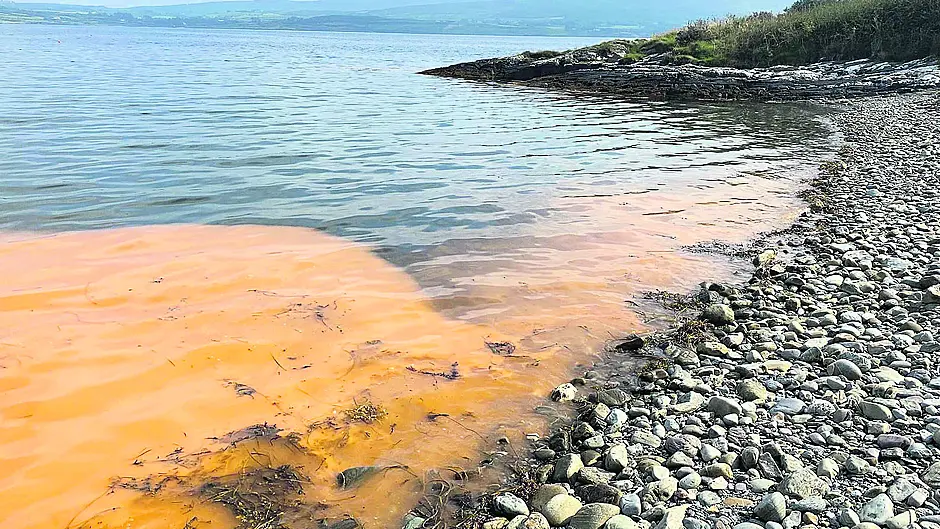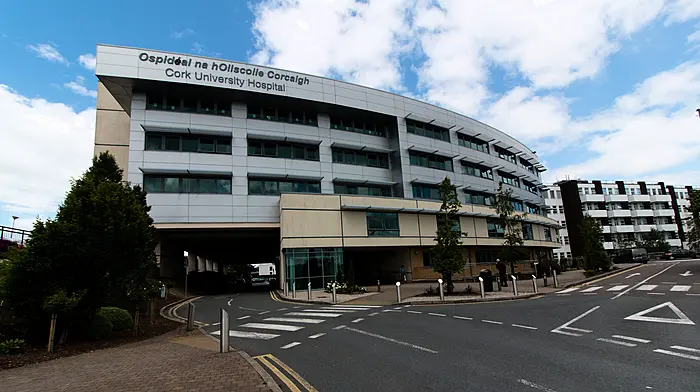THE sea in Ahakista and Bantry is showing signs of noctiluca bioluminescence, commonly known as ‘red tide.’
The bioluminescent organisms are most conspicuous at night during a bloom, or population increase, but they can appear red or pink during daylight hours.
Historically, bioluminescence was considered to be a mysterious phenomenon that sailors referred to as ‘sea sparkle’ or ‘the burning of the sea.’
According to Finian O’Sullivan, secretary of the Bantry Fish Farming Co-operative, this variety of bloom is not deemed to be one of the harmful algal blooms, or HABS for short.
But dog owners have been advised to keep their pets well back.
‘Red tide is an annual event and is not an issue for shellfish because it does not cause toxins,’ said Finian.
Typically, the bloom, or organism increase, tends to float on the top layer of the water and can last for three or more weeks.
Finian pointed out that water quality throughout West Cork is carried out on a weekly basis by the Marine Institute, which is located at Gearhies on the Sheep’s Head Peninsula.
The harmful variety occurs when colonies of algae — simple plants that live in the sea and freshwater — grow out of control and produce toxic or harmful effects on people, fish, shellfish, marine mammals and birds.
The problem with a big outbreak of the nontoxic variety is that it can eat up all of the oxygen in the water as they decay, clog the gills of fish and invertebrates, or smother corals and submerged aquatic vegetation.
In spite of the warm weather, Finian said this season in West Cork is fairly benign.







